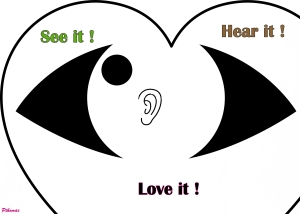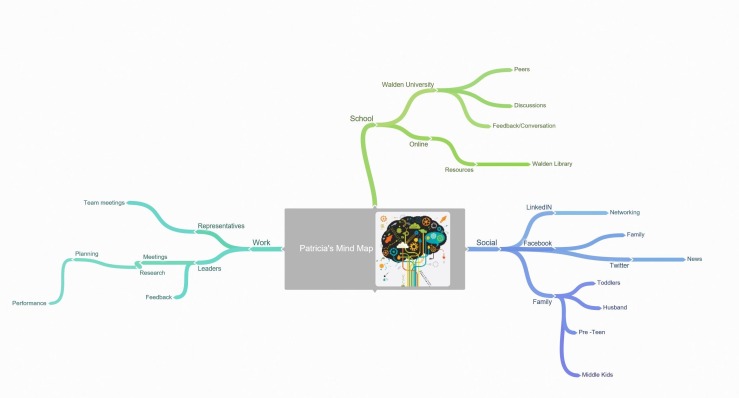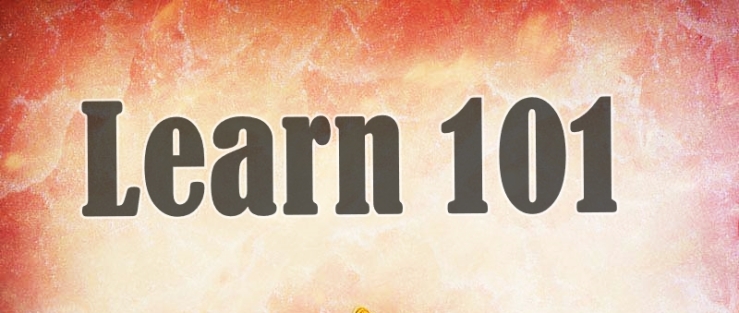In this reflection of my course that just completed Learning Theories and Instruction, I will discuss what I learned about how people learn and also how I learn and any surprises that relate to either area. The theories, learning styles, educational technology and motivation will also be touched on as most the course was composed of those areas. Finally, I will discuss how this course will help me in my future career as an instructional designer.
I must say I enjoyed this course if you asked me eight weeks ago, how I learn, I would only say I’m a visual learner. Now I see that there is so much more to learning. People don’t all learn the same way. That’s first and foremost; I knew that going into to the class and working with adults where I have to present new information and processes and procedures. There is always someone who does not get it. Surprisingly its no fault of their own. It’s all about presentation and their learning style, and a couple of other factors like are they motivated to learn?
When I think of the learning styles and how they relate to me, I see that the Behaviorist Theory lines up with my initial thought that I’m a visual learner. I learn through observable behaviors, and positive and negative reinforcements impact my learning ability. However, the Constructive Theory, where being social aids in the learning process and being allowed to be creative and flexible applying information I already know is also behaviors I observed that I demonstrate. As an adult learner, I rely on what I know already as well as discussions and information from peers to help gain a better understanding of topics.
This course has helped me to get a better understanding of learning theories. Putting all the information together on the learning theory Matrix allowed me to see the similarities in all the theories. The bottom line is to be an active instructor or instructional designer; you must have the learning theories as a foundation. Without it, you cannot effectively create useful material to meet the needs of learners. Following the ARCS Model of Motivational Design by Keller is also critical in keeping the student motivated to want to not only learn but retain and be able to apply the knowledge in their careers.
Overall this course has given me tools to use in my current career as a manager. I look forward to using the knowledge gained in future communications with my team. I also look forward to learning more during my journey to becoming an instructional designer.



